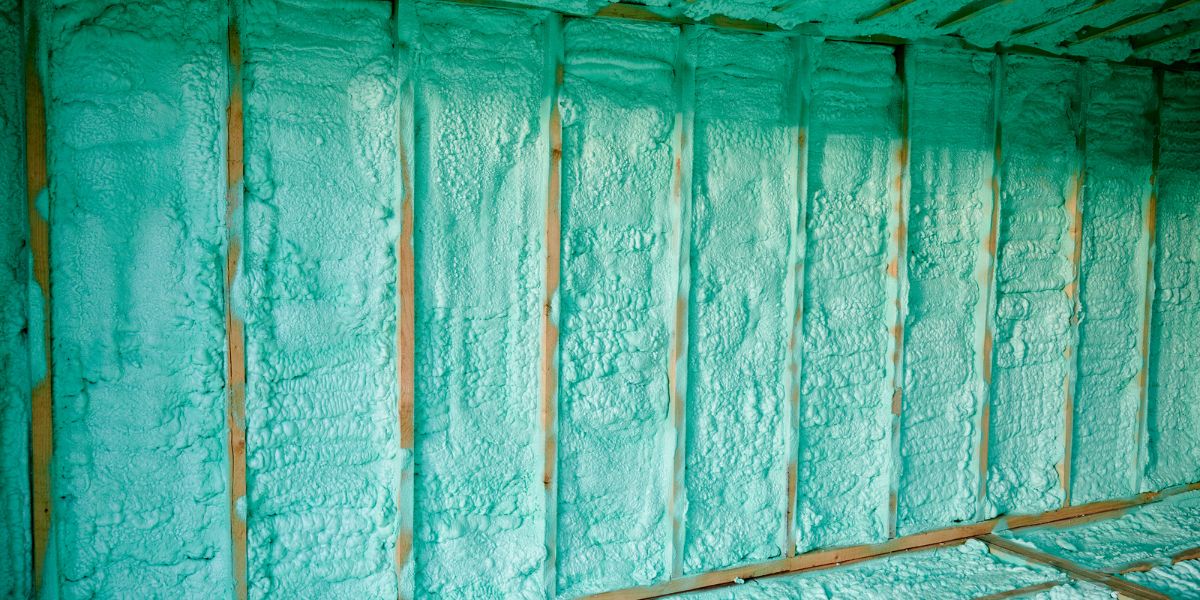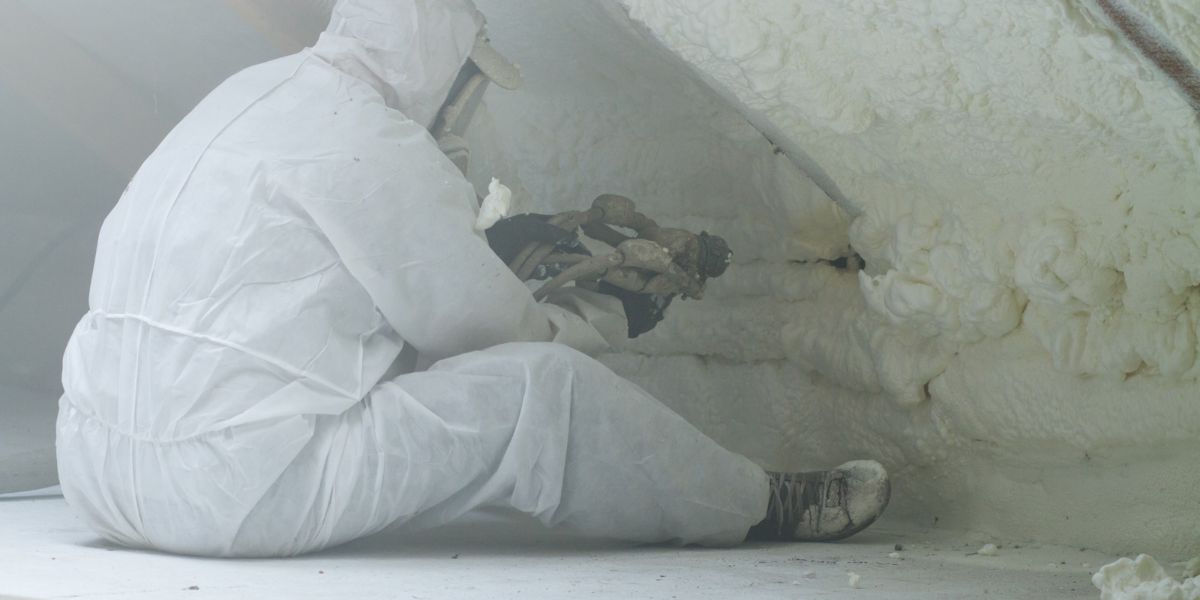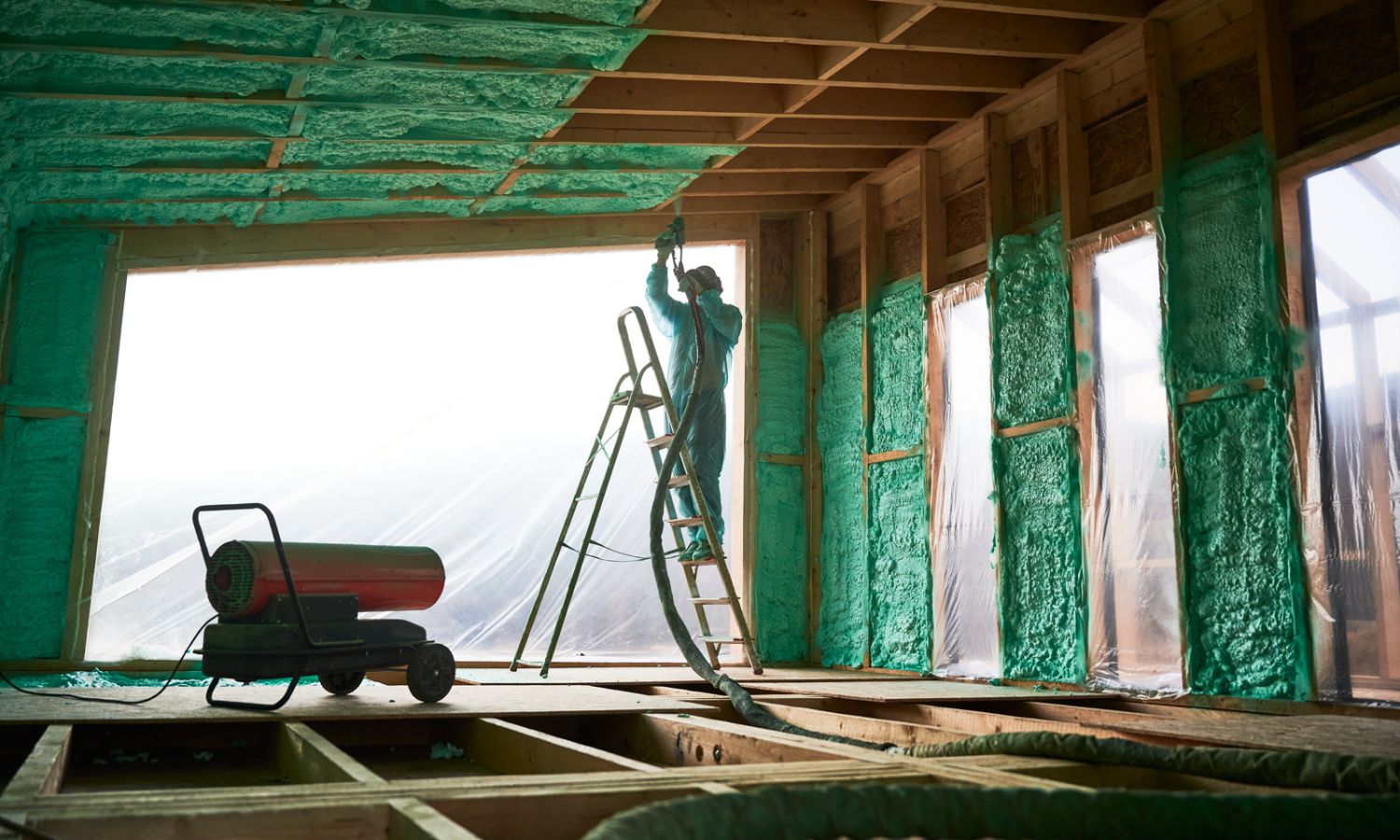In today’s world, where energy efficiency is a top priority in construction, the role of insulation cannot be overstated. Among the various insulation materials available, spray foam insulation has emerged as a leading solution for its superior performance and versatility. Traditionally, spray foam insulation has been praised for its ability to create an airtight seal, reduce energy loss, and improve indoor comfort. However, like many technologies, spray foam insulation has not remained static. Innovations have continuously shaped and enhanced its capabilities, driving it toward even greater efficiency and sustainability. This blog delves into the latest advancements in spray foam insulation technology, exploring how these developments are contributing to enhanced energy efficiency in modern construction.
The Evolution of Spray Foam Insulation
Spray foam insulation has come a long way since its inception. Initially developed in the 1940s, it was used primarily in military applications before finding its way into residential and commercial construction. The early versions of spray foam insulation were effective but had several limitations. They were often associated with high costs, environmental concerns due to the chemicals used, and challenges in application that could lead to inconsistencies in insulation performance.
The Transition to Modern Technologies
As the construction industry increasingly prioritized sustainability and energy efficiency, the demand for better insulation solutions spurred innovation in spray foam technology. The early 2000s saw a significant shift with the introduction of more environmentally friendly blowing agents, improved application methods, and the integration of recycled materials. These innovations not only addressed the environmental concerns associated with traditional spray foam but also enhanced its overall performance, making it a more attractive option for energy-conscious builders and homeowners.

New Materials and Eco-Friendly Formulations
One of the most significant advancements in spray foam insulation is the development of new materials and eco-friendly formulations that align with global sustainability goals.
Eco-Friendly Blowing Agents
Historically, the blowing agents used in spray foam insulation were hydrofluorocarbons (HFCs), which, while effective, had a high global warming potential (GWP). In response to growing environmental regulations and the push for greener alternatives, manufacturers have transitioned to hydrofluoroolefins (HFOs) and carbon dioxide (CO2)-based agents. These new agents have significantly lower GWP, reducing the overall environmental impact of spray foam insulation. Moreover, these eco-friendly blowing agents enhance the foam’s insulating properties, leading to better thermal performance and lower energy consumption in buildings.
Incorporation of Recycled Materials
Incorporating recycled materials into spray foam formulations is another step t
oward sustainability. Manufacturers are now using recycled plastic, such as PET (polyethylene terephthalate) bottles, in the production of spray foam. This not only reduces waste but also creates a more sustainable product lifecycle. The use of recycled materials does not compromise the insulation’s performance; in fact, it often enhances the product’s durability and thermal resistance. This innovation contributes to the circular economy, where materials are reused and recycled, minimizing the environmental footprint of construction projects.
Impact on Energy Efficiency
The introduction of these new materials and formulations has had a profound impact on energy efficiency. By improving the R-value of spray foam insulation, which measures its thermal resistance, buildings require less energy for heating and cooling. This translates to lower energy bills for homeowners and reduced carbon emissions. The shift to eco-friendly materials also supports the broader industry trend toward green building certifications, such as LEED (Leadership in Energy and Environmental Design), which increasingly demand high-performance, sustainable materials.
Enhanced Application Techniques
The effectiveness of spray foam insulation is not solely dependent on the materials
used but also on how it is applied. Advances in application techniques have further improved the performance and efficiency.
Robotic Application Systems
One of the most exciting developments in this area is the use of robotic application systems. These systems utilize robotic arms or drones equipped with spray nozzles to apply insulation with high precision. This technology ensures a consistent application, eliminating common issues such as over-spraying or under-spraying that can lead to insulation gaps and thermal bridges. By automating the application process, these systems reduce human error, increase installation speed, and ensure uniform coverage across complex surfaces. This innovation is particularly beneficial in large-scale projects, where consistency and efficiency are paramount.
Improved Equipment
In addition to robotic systems, advancements in spray equipment have also played a crucial role in enhancing the application process. Modern spray foam machines are designed to deliver the foam at optimal temperatures and pressures, ensuring that the material expands and adheres properly to surfaces. These machines are also equipped with sensors and controls that allow for real-time adjustments, ensuring the best possible application conditions. The result is a more reliable and effective insulation layer that maximizes energy efficiency.

Impact on Installation Efficiency and Performance
The combination of robotic application systems and improved equipment has had a significant impact on the overall performance of spray foam insulation. These innovations reduce material waste, as precise application means that less foam is required to achieve the desired insulation levels. Additionally, faster installation times translate to lower labor costs, making spray foam insulation a more cost-effective solution for both residential and commercial projects. Most importantly, the improved application techniques lead to better energy performance, as the insulation is more likely to be applied consistently, reducing the risk of thermal leaks and enhancing the building’s overall energy efficiency.
Advances in Safety and Health
As with any construction material, safety and health considerations are crucial when it comes to spray foam insulation. Recent advancements in this area have focused on reducing the potential health risks associated with the installation and use of spray foam.
Low-VOC Formulations
Volatile organic compounds (VOCs) are chemicals that can off-gas from building materials, contributing to indoor air pollution and posing health risks to occupants. Traditional spray foam insulation contained relatively high levels of VOCs, which could lead to respiratory issues and other health problems, especially during and shortly after installation. To address these concerns, manufacturers have developed low-VOC formulations that minimize the release of harmful chemicals. These low-VOC spray foams are not only safer for installers but also contribute to healthier indoor air quality, making them an ideal choice for residential and commercial buildings alike.
Fire-Retardant Properties
Fire safety is another critical consideration in the development of spray foam insulation. Traditional spray foams were often criticized for their flammability, which posed a risk in the event of a fire. In response, manufacturers have introduced fire-retardant additives into their formulations, making modern spray foams much more resistant to fire. These additives work by creating a protective barrier that slows the spread of flames and reduces the release of toxic smoke. As a result, buildings insulated with modern spray foam are not only more energy-efficient but also safer in the event of a fire.
Health Benefits
The health benefits of these advancements extend beyond just reducing VOCs and improving fire safety. By creating a more airtight building envelope, spray foam insulation also helps prevent the infiltration of outdoor pollutants, allergens, and moisture. This contributes to better indoor air quality and reduces the risk of mold growth, which can have serious health implications. In addition, the use of low-VOC and fire-retardant formulations aligns with the increasing demand for healthier, more sustainable building material.
Case Studies and Real-World Applications
To understand the real-world impact of these advancements, it’s helpful to look at case studies where modern spray foam insulation technologies have been applied.
Highlight Major Projects
One notable example is the 2024 NAHB New American Home, a showcase project that integrates the latest building technologies, including advanced spray foam insulation. This home was designed with energy efficiency and sustainability at its core, and the use of modern spray foam insulation played a key role in achieving these goals. The insulation not only helped the home meet stringent energy efficiency standards but also contributed to a more comfortable living environment by reducing drafts and maintaining consistent indoor temperatures.
Performance Metrics
The performance metrics from such projects speak for themselves. In the case of the 2024 NAHB New American Home, energy savings of over 30% were reported compared to traditional construction methods. Additionally, the use of low-VOC spray foam contributed to improved indoor air quality, with significantly lower levels of indoor pollutants. These results highlight the tangible benefits of modern spray foam insulation technologies, both in terms of energy efficiency and occupant health.
Conclusion
As the construction industry continues to evolve, the role of insulation in achieving energy efficiency has become increasingly important. The latest advancements in spray foam insulation, from eco-friendly materials and innovative application techniques to improved safety and health features, are driving the industry toward a more sustainable future. These technologies not only enhance the energy performance of buildings but also contribute to healthier and safer living environments. Looking ahead, further innovations in spray foam insulation are likely to play a crucial role in the ongoing pursuit of sustainable construction practices.
For those considering new construction or retrofitting existing buildings, embracing these cutting-edge spray foam insulation technologies can lead to significant energy savings, reduced environmental impact, and improved indoor comfort. As the industry moves forward, spray foam insulation will undoubtedly continue to be at the forefront of efforts to create more energy-efficient and sustainable buildings.
